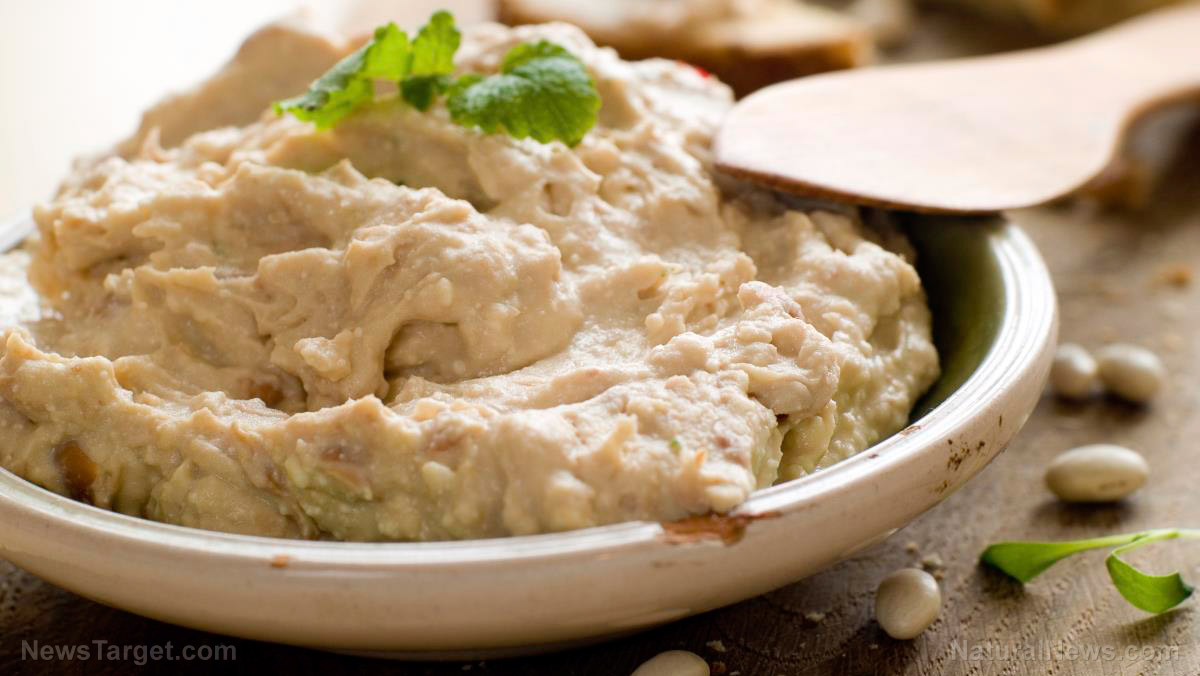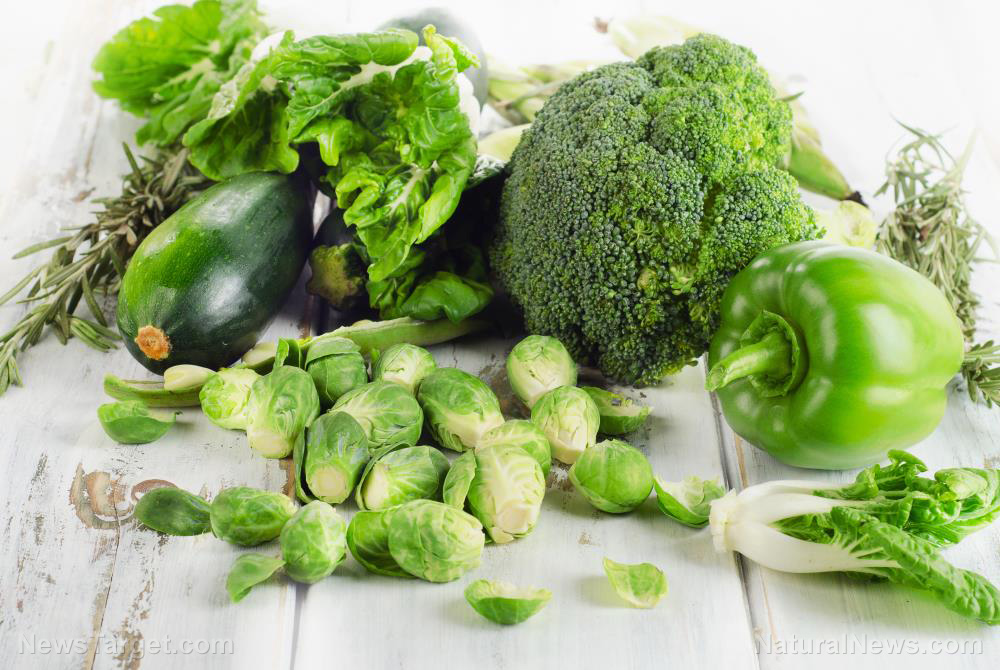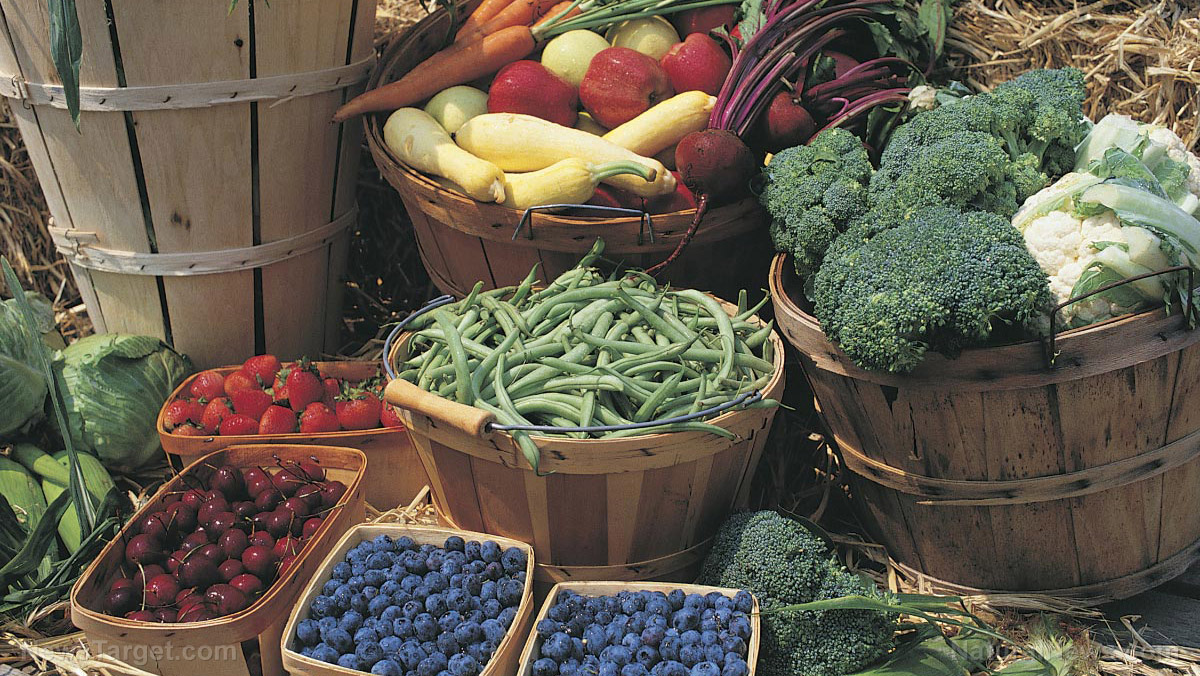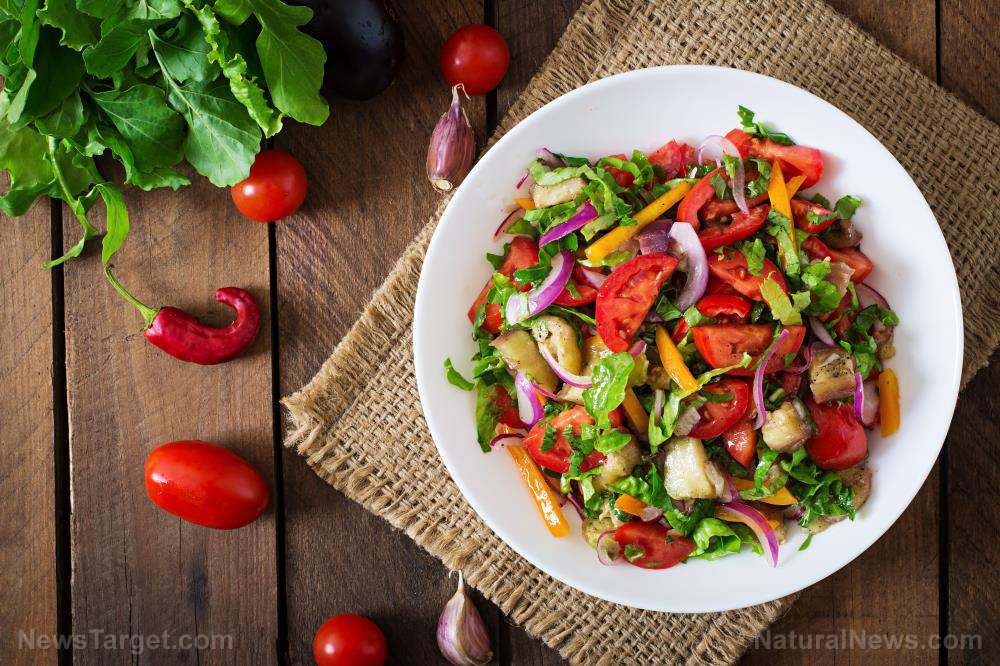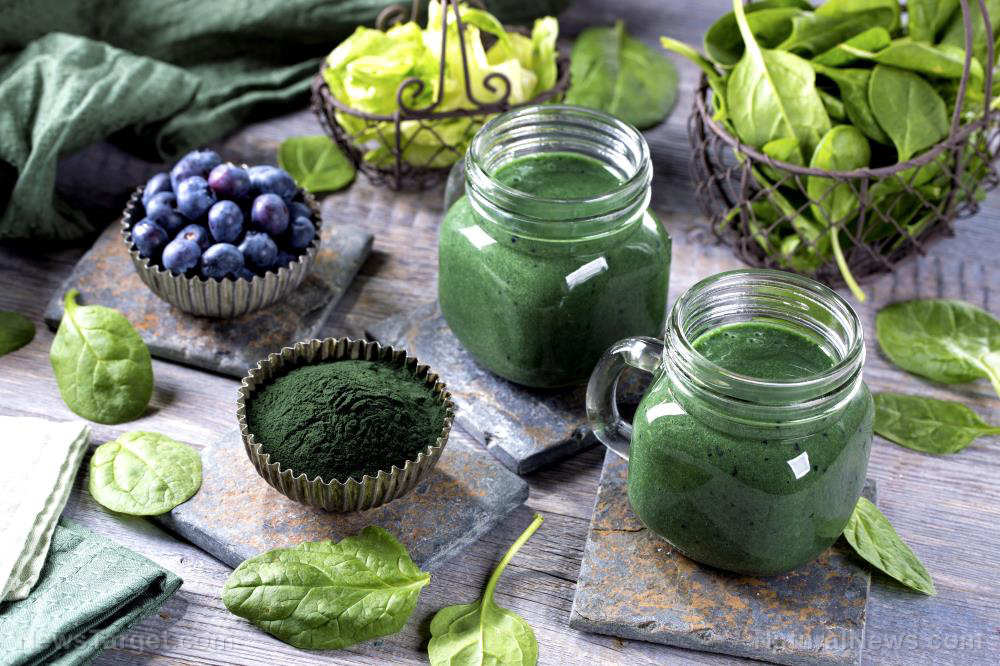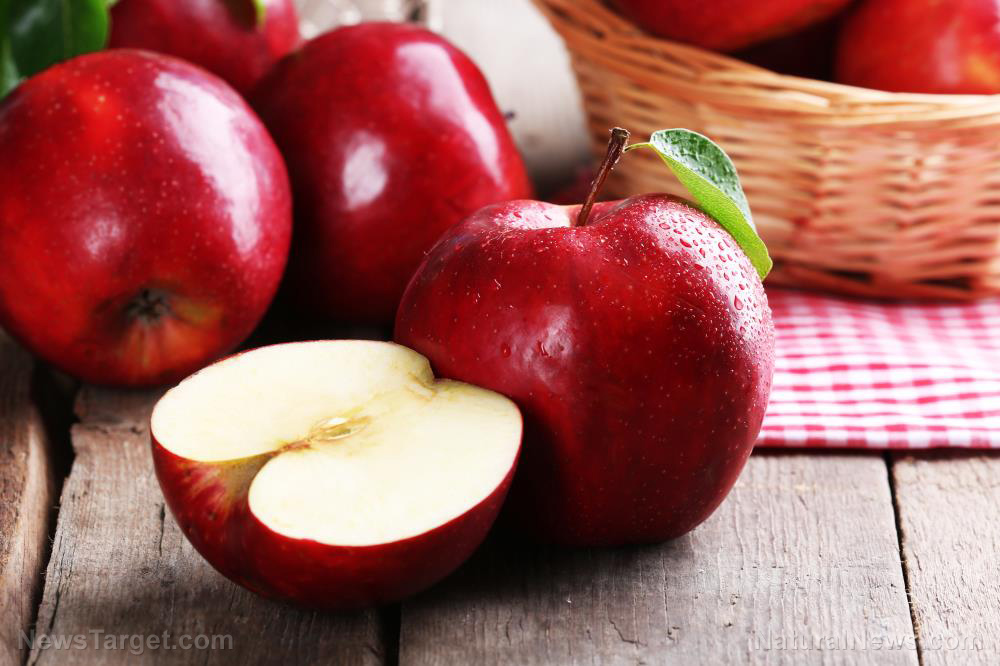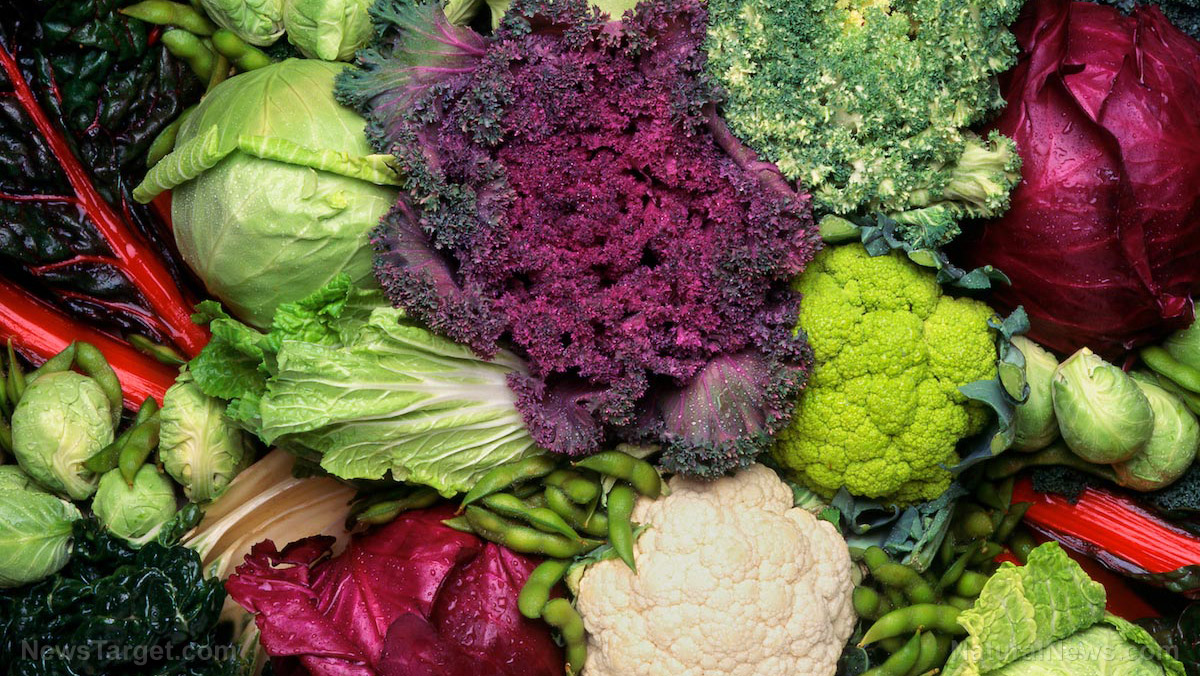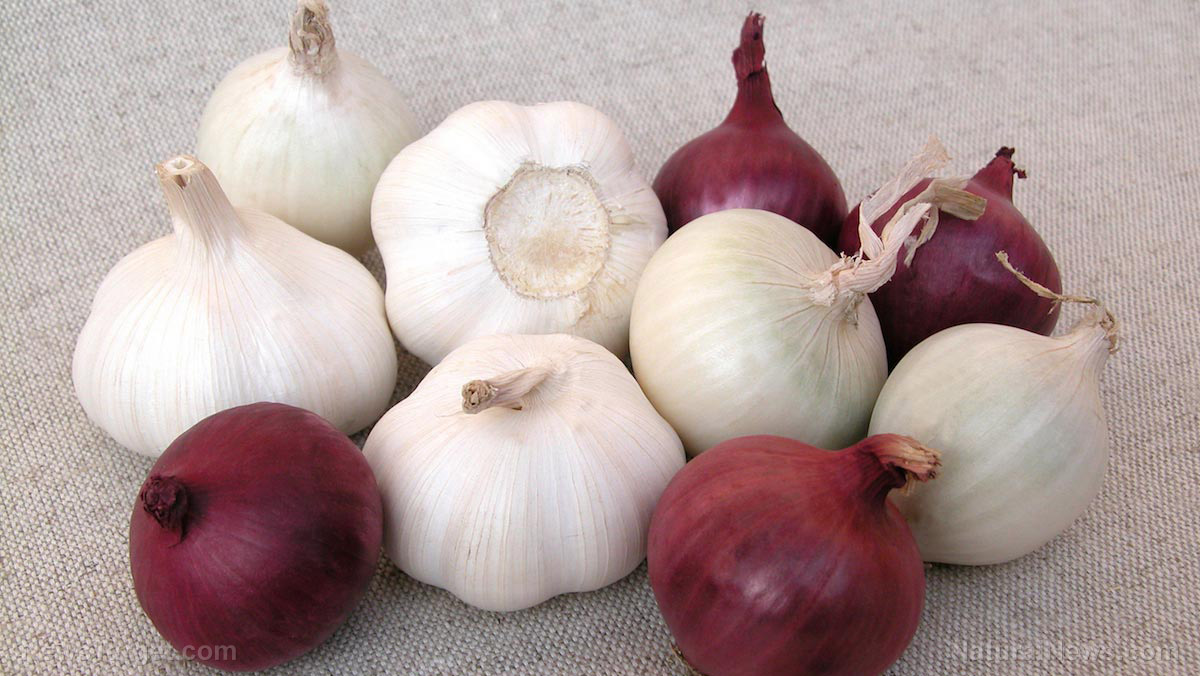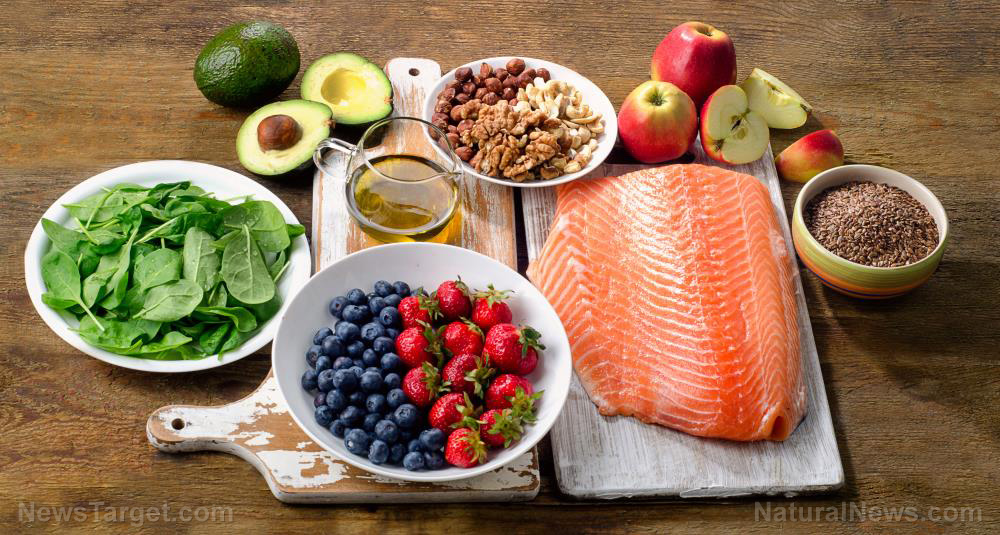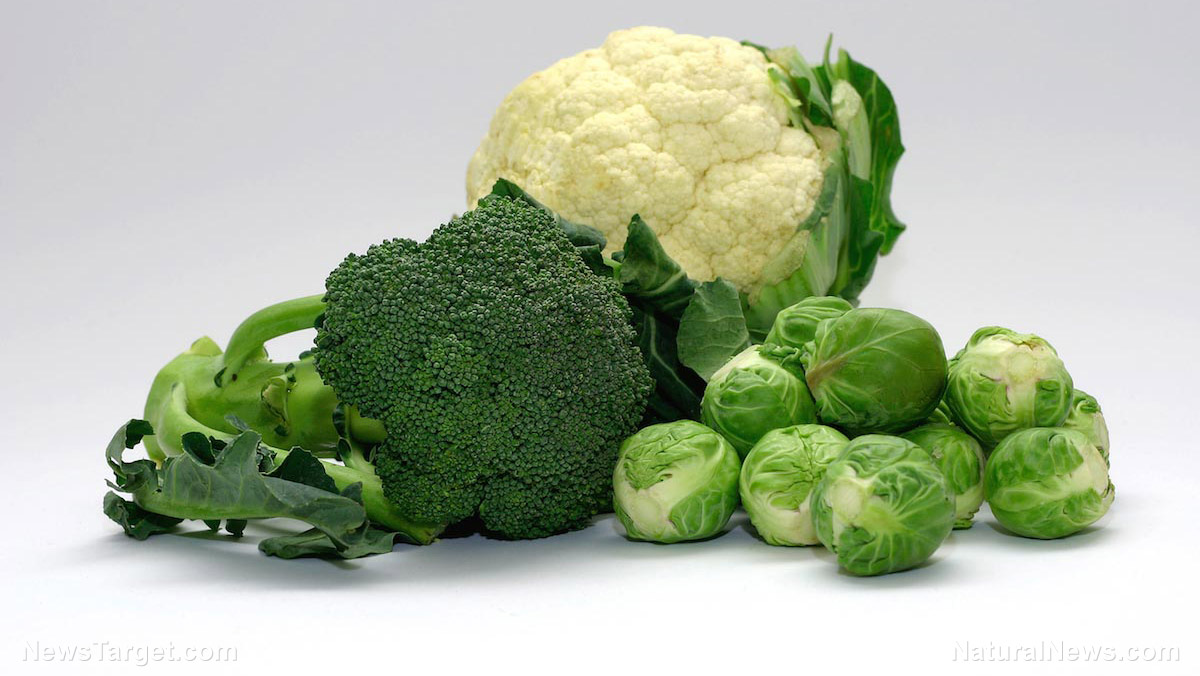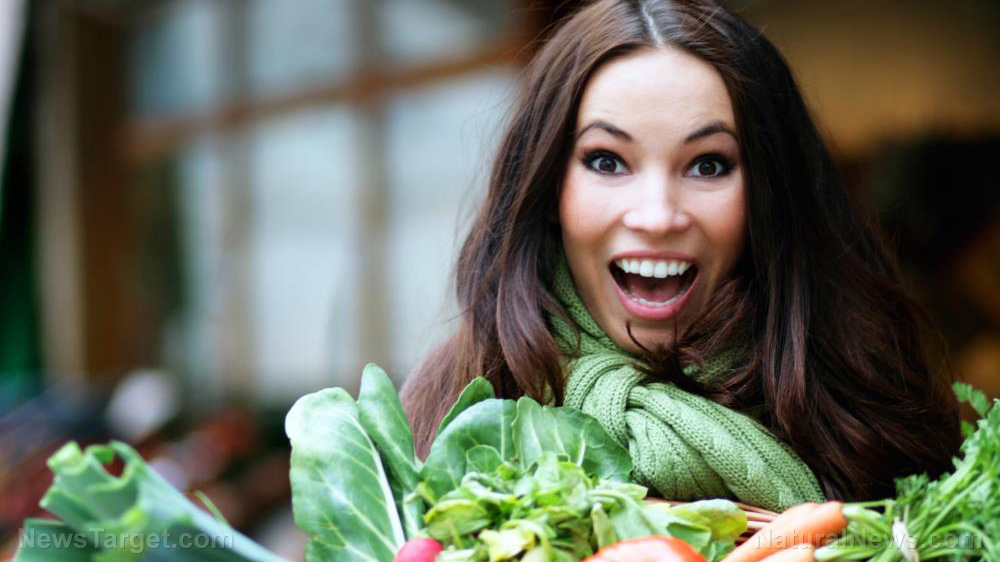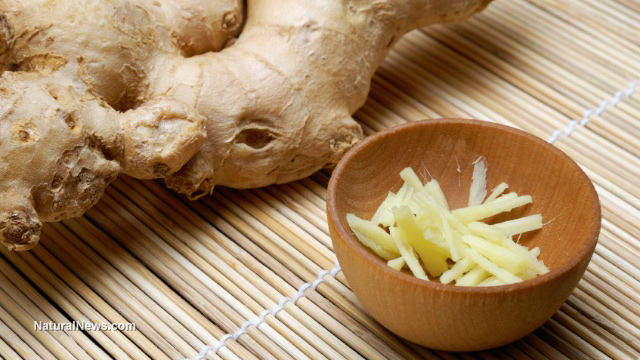20 Best foods for your daily vitamin C
10/11/2019 / By Grace Olson

Vitamin C, also called ascorbic acid, has a crucial role in many of the body’s daily functions. But the body does not make vitamin C on its own. You will have to consume it from food, such as fruits and vegetables. Learn more about the health benefits of vitamin C and the 20 best foods to get it from below. (h/t to MedicalNewsToday.com)
Why do you need vitamin C?
Vitamin C helps in the production of collagen, a protein needed in cell tissue repair and growth. This includes the bones, joints, skin, and digestive tract tissues. The vitamin is also an antioxidant; it protects cells from damage inflicted by free radicals. Moreover, vitamin C helps in producing white blood cells and antibodies – both of which are needed to fend off pathogens and infection-causing bacteria. This makes it an important part of the immune system.
The recommended vitamin C daily allowances (RDA) according to the National Institute of Health are listed below. Most natural health practitioners and many doctors consider these amounts minimums, with certain groups, such as smokers, benefiting from even more.
- Adults (> 19 years old)
- Men – 90 mg/day
- Women – 75 mg/day
- Pregnant women – 85 mg/day
- Breastfeeding women – 120 mg/day
- Teens and children (1-18 years old)
- Toddlers (1-3) – 15 mg/day
- Children 4-8 – 25 mg/day
- Children 9-13 – 45 mg/day
- Male teens (14-18) – 75 mg/day
- Female teens (14-18) – 65 mg/day
- Infants
- 0-6 months old – 40 mg/day
- 7-12 months old – 50 mg/day
A vitamin C deficiency leads to an increased risk of ailments, including dental problems, iron deficiency anemia, and skin problems like petechiae and purpura. This can also develop into a series of more serious diseases, such as osteoporosis and scurvy. (Related: Vitamin C proven to cure over 30 major diseases.)
20 Foods for your vitamin C fix
Make sure to get your recommended amount of vitamin C every day with the following foods:
1. Guava. Raw guava is a rich source of vitamin C. It contains 126 mg of it, around 40 percent more of the RDA. It also contains the antioxidant lycopene, which can help prevent cancer.
2. Sweet red and green peppers. A cup of each has more than enough vitamin C to reach your RDA. Raw, sweet red pepper contains 190 mg of vitamin C per cup. On the other hand, raw, sweet green pepper has 120 mg of vitamin C per serving.
3. Tomato juice. A raw tomato has around 20 mg of vitamin C. However, when tomatoes are concentrated into juice, eight-ounces can provide up to 120 mg of vitamin C.
4. Oranges and orange juice. The orange is a widely-eaten fruit known for its vitamin C content. One large fruit offers 109 mg of vitamin C, or 108.8 percent of the RDA. On the other hand, one cup of orange juice contains 124 mg of vitamin C. This accounts for 137.8 percent of the RDA.
5. Chili peppers. One green chili pepper has 109 mg of vitamin C, while the red chili pepper contains 65 mg. Chili peppers also contain capsaicin, a compound known to reduce pain and inflammation.
6. Strawberries. They contain various antioxidant nutrients, including vitamin C, manganese, and flavonoids. One cup of sliced strawberries provides 97.6 mg of vitamin C.
7. Papaya. One small papaya provides 95.6 mg of vitamin C. Vitamin C also has potential anti-inflammatory effects on the brain. A study on people with mild Alzheimer’s showed decreased inflammation and 40 percent reduction in oxidative stress when the participants were given papaya extracts for six months.
8. Grapefruit. Half a grapefruit has 45 mg of vitamin C and only 41 calories, which is useful to get one’s RDA while on a diet.
9. Broccoli. A cup of raw broccoli provides 81.2 mg of vitamin C, or 90.2 percent of the RDA. Broccoli is a cruciferous vegetable. Studies have shown that vitamin-C-rich cruciferous vegetables lower oxidative stress and reduce the risk of cancer and heart disease.
10. Pineapple. Pineapples are versatile fruits, which can be eaten easily alone, turned into a juice, or mixed with other ingredients. A cup of raw pineapple chunks offers 78.9 mg of vitamin C.
11. Potato. One large potato contains 72.7 mg of vitamin C, or 90.2 percent of the RDA. Potatoes are also well-known for their potassium content and can be mixed with an assortment of other foods.
12. Brussels sprouts. Also a cruciferous vegetable, one cup of raw Brussels sprouts provides 74.8 mg of vitamin C.
13. Kiwi. One kiwi contains 64 mg of vitamin C, or 71 percent of the RDA. Studies have also shown that kiwis may help lower cholesterol and reduce oxidative stress. One study in 14 men with vitamin C deficiency had increased white blood cell activity just by eating two kiwis every day for two weeks.
14. Thyme. Thyme has three times the concentration of vitamin C as an orange and one of the highest among culinary herbs. One ounce of fresh thyme has 45 mg of vitamin C.
15. Cantaloupe. One cup of diced cantaloupes provides 57.3 mg of vitamin C, 0r 63.7 percent of the RDA. They are also rich in potassium, niacin, and vitamin A.
16. Cauliflower. Cauliflower is a rich source of vitamin C, potassium, calcium, and fiber, among others. One cup of raw cauliflower contains about 51.6 mg of vitamin C.
17. Lemon. Together with its peel, one whole lemon can have up to 83 mg of vitamin C. In the 1700s, it was given to sailors to prevent scurvy.
18. Lychee. A cup of lychee provides 151 percent of the RDA, or 75 mg of vitamin C per 100 g. It also contains omega-3 and omega-6 fatty acids. These fatty acids participate in a wide array of functions in maintaining the brain, heart, and blood vessels.
19. Kale. A cup of this cruciferous vegetable has 80 mg of vitamin C. Cooking kale reduces its vitamin C content to 53 mg; however, this process helps release its antioxidants.
20. Kakadu plums. These are Australian superfoods with a high concentration of vitamin C. They are believed to hold 100 times more vitamin C, amounting up to 5,300 mg of vitamin C per 100 g.
In addition to this list, many more fruits and vegetables contain vitamin C, so it will be easy to find a delicious way to maintain your health by getting enough.
Learn more about nutrients and where to find them at Nutrients.news.
Sources include:
Tagged Under: antibodies, antioxidant, ascorbic acid, broccoli, Brussels sprouts, cantaloupe, cauliflower, chili pepper, collagen, food, Fresh, fruits, functional foods, grapefruit, grocery cures, guava, healthy foods, immune system, kakadu plums, kale, kiwi, lemon, lychee, mango, nutrients, Orange Juice, osteoporosis, Papaya, petechiae, pineapple chunks, potato, prevention, purpura, scurvy, Strawberries, sweet green pepper, sweet red pepper, thyme, tomato juice, vegetables, vitamin C, vitamin C deficiency, white blood cells
RECENT NEWS & ARTICLES
COPYRIGHT © 2017 VEGGIE NEWS

